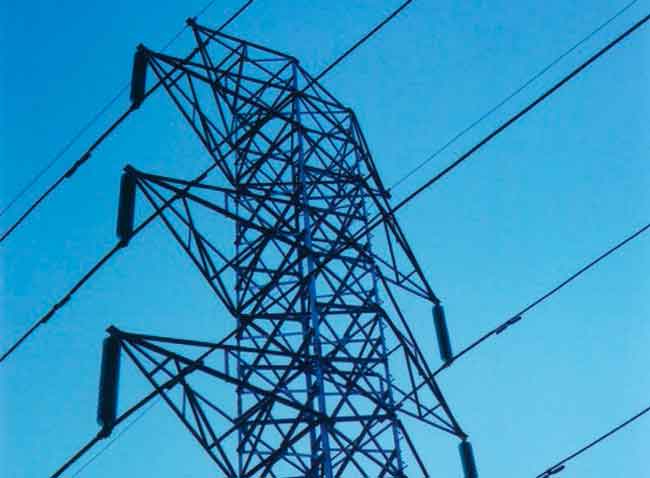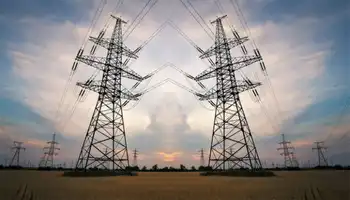Supreme Court Favors Utilities Over Cable
OTTAWA, ON -- - The Canadian Electricity Association (CEA) welcomes the Supreme Court of Canada decision announced to uphold the Federal Court of Appeal decision in the matter of Canadian Cable Television Association (CCTA) v. Barrie Public Utilities et al.
CEA and its member companies, supported by several provincial attorneys general, saw their position confirmed that the management of power poles, including the price and conditions of proposed attachments, should be regulated solely as part of the electricity regulatory process.
According to CEA President Hans Konow, “Canadian electric utility companies and cable and telecommunications companies can now get back to work negotiating on a bi-lateral basis and focus on renewing the cooperative relationship they have enjoyed in the past.”
This case involved the interpretation of federal law governing access to support structures (including poles) and whether federal law can constitutionally extend to the power poles of local electricity distribution companies. There are critical issues in this case, touching on federal/provincial jurisdiction, a virtual subsidy of cable rates by electric utility customers, and ensuring safety.
Aside from concerns about the CRTC attempting to regulate in an area of provincial jurisdiction, as well as concerns about whether electricity customers are in effect subsidizing cable companies, CEA believes the most important issues are those of reliability and safety.
The decision released today by the Supreme Court re-affirms the electric utility industryÂ’s ability to meet CanadiansÂ’ requirement for a reliable and safe system, the electric utility industryÂ’s primary concern. CEA believes electricity distribution companies are best suited to develop and oversee standards for utility pole attachments, expertise that does not exist within a body such as the CRTC. The Supreme Court of Canada ruled that the CRTC is not the appropriate body to have the final say on this issue.
Canadian electric utilities follow standards to ensure that all attachments to power poles are made in a manner that does not compromise the integrity of the electricity system The requirement for a safely designed and constructed support structure is vital not only to utility line personnel but also to the public.
In addition to concerns that the CRTC attempted to assert jurisdiction over matters of provincial authority, the industry also took exception with the rate mandated by the CRTC which electric utilities contend is below the cable companies' fair share of the costs of power poles. In other words, the CRTC had ordered power utilities to subsidize the provision of cable television services at the expense of all electricity ratepayers.
Founded in 1891, CEA is the national forum and voice of the evolving electricity industry in Canada. The AssociationÂ’s members produce 95% of CanadaÂ’s electricity, manage assets of more than $150 billion, and employ 85,000 Canadians.
Related News

Explainer: Why nuclear-powered France faces power outage risks
PARIS - France is bracing for possible power outages in the coming days as falling temperatures push up demand while state-controlled nuclear group EDF struggles to bring more production on line.
WHY CAN'T FRANCE MEET DEMAND?
France is one of the most nuclear-powered countries in the world, typically producing over 70% of its electricity with its fleet of 56 reactors and providing about 15% of Europe's total power through exports.
However, EDF (EDF.PA) has had to take a record number of its ageing reactors offline for maintenance this year just as Europe is struggling to cope with cuts in Russian natural…




